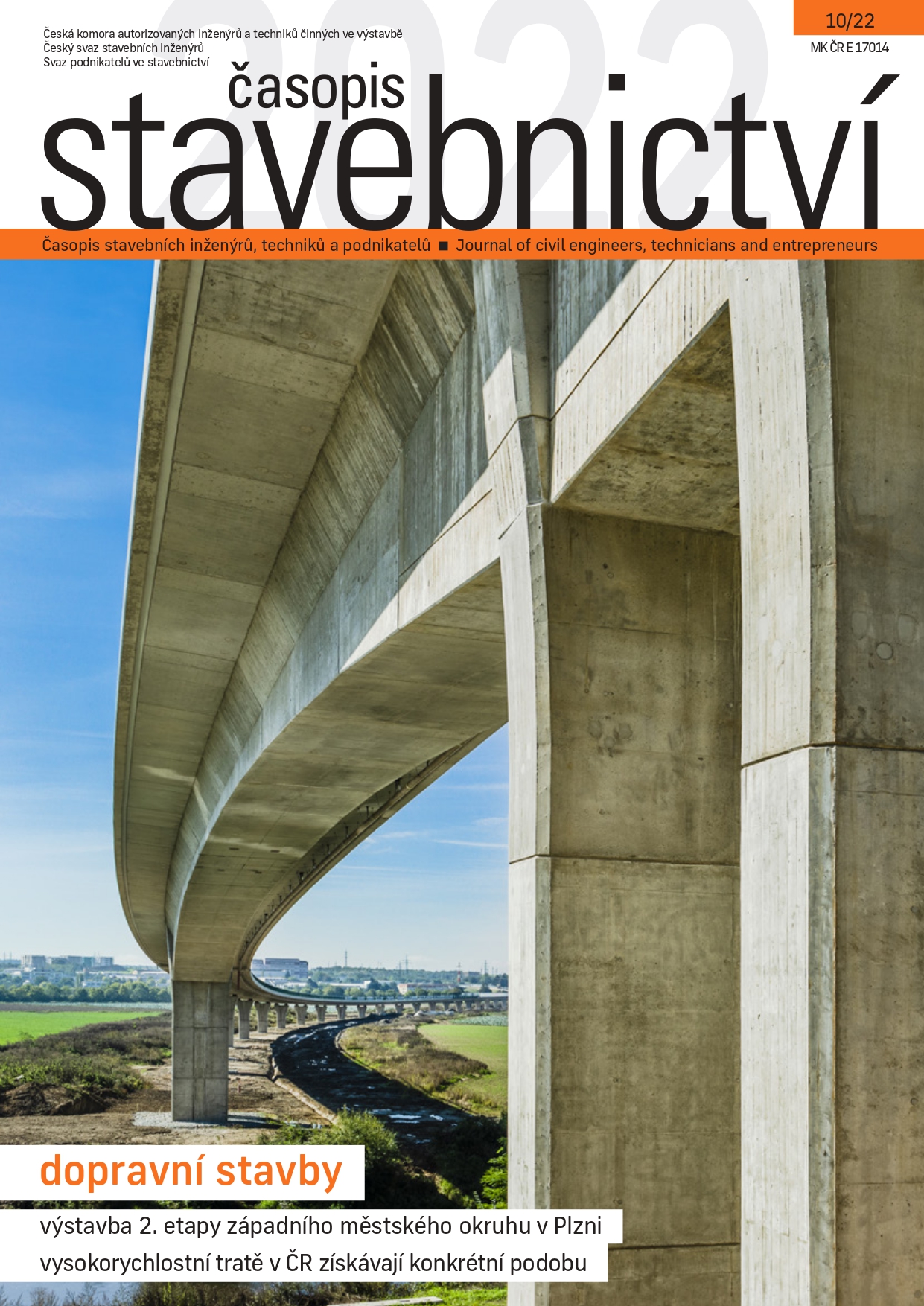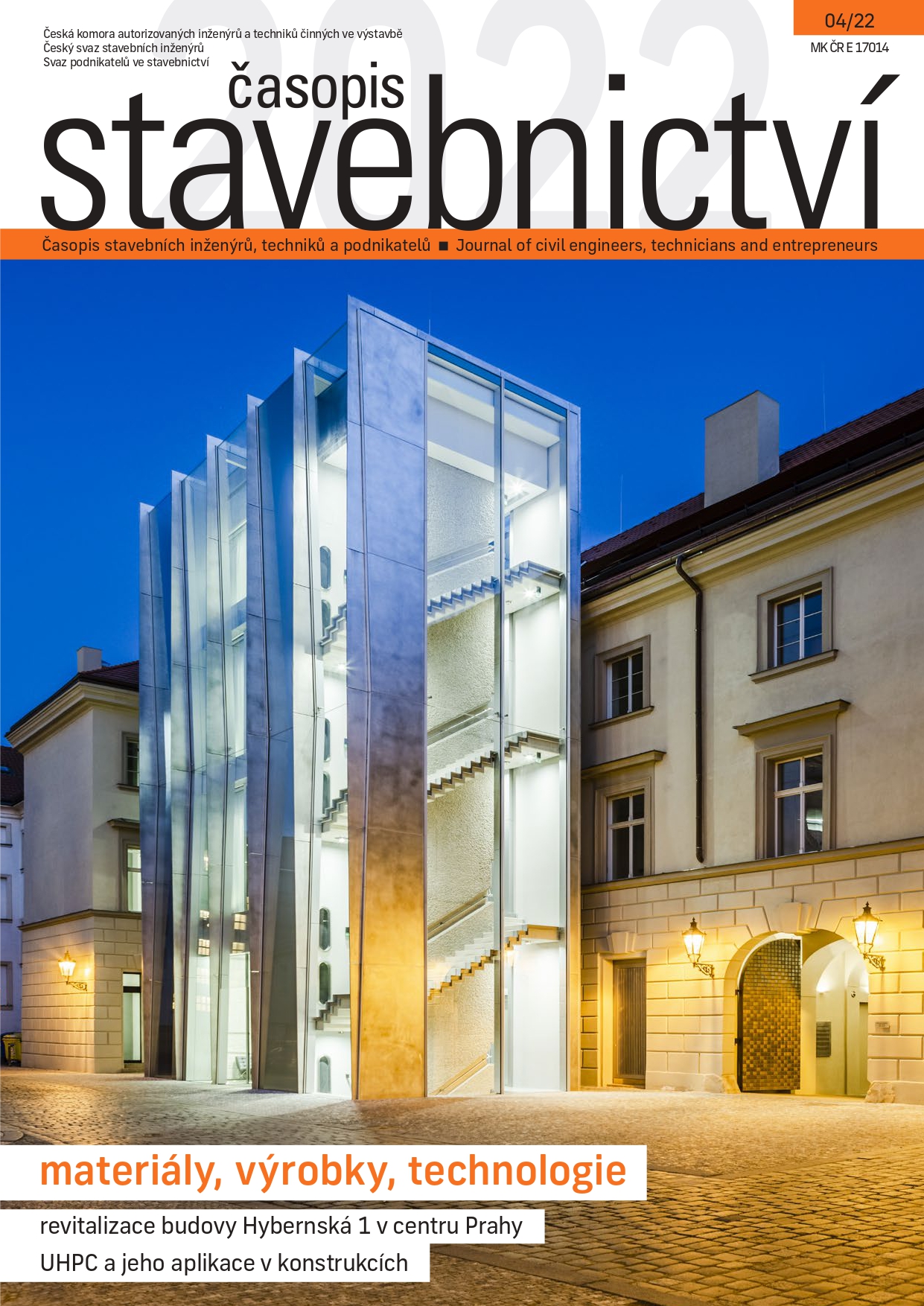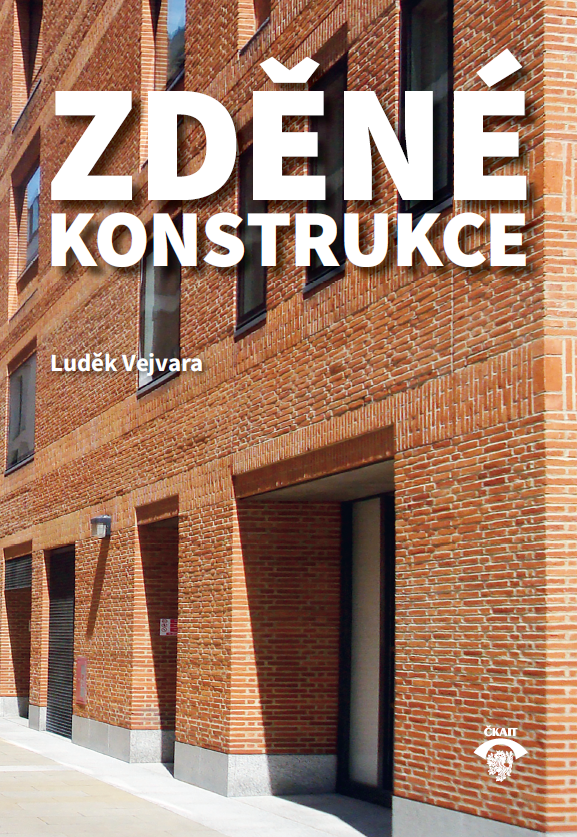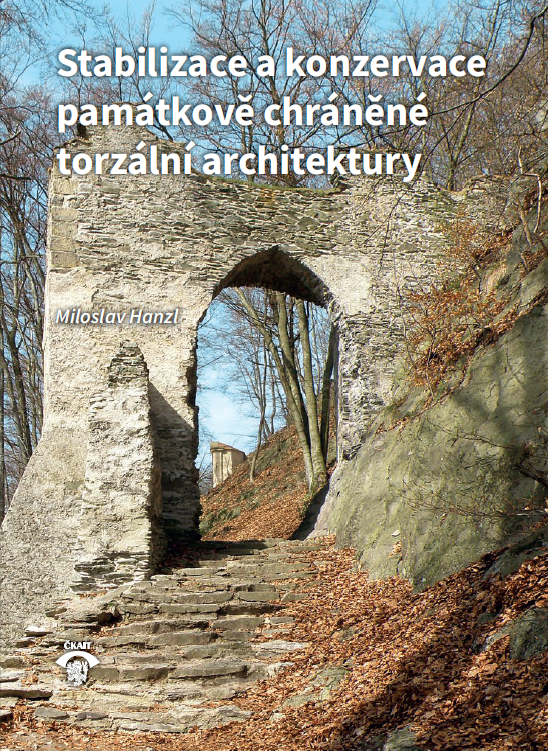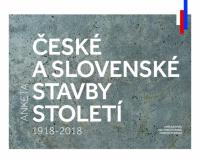Editorial
PF 2015
Energy-savings Buildings
Experiences with a transfer of a standard family house into a passive standard in Kralupy nad Vltavou
Vladimír Nepivoda, Pavel Zemene
Association EPS ČR supports project of construction and a process of monitoring of a passive house, which was awarded the winning price in a category CONSTRUCTION in the 12th Competition awards the Czech energy and ecology project, construction, innovation of the year 2013. The competition was announced under the patronage of the prime ministr and supported by the three ministeries (Ministry of Industry and Trade ČR, Ministry of the Environment of the Czech Republic, Ministry of Regional Development CZ). The jury especially acknowledged the successful project transformation of a standard family house into a passive standard. It appeared that a passive family house could appear indistinguishable from a standard house; with an aid of the grant – the New green savings programme. It was prooved that it could be built at the same costs, and the works could be performed by a company with no previous experience with construction of passive houses if cooperated with the passive houses specialists. It is good news that after only a year of operation, the preliminary assumptions and consumption calucations were confirmed, a comfort and a quality of the internal environment too.
2015 – Brussels goes passive – From stimulation to regulativ
Grégoire Clerfayt
Presentation of an unique programme, that results could be inspiring for the Czech authorities. The way of application of a passive standard in the region of Brussels – basic data, feedback, support systems, objectives of a government policy. The project programme Intelligent energy for Europe, tend to cause a successful implementation NZEB in the entire EU with use of the Passive houses, supplied by the maximum extent from renewable energy sources as a foundation.
Projection, Theory, Surveys
The methodology for estimation of the thermal factor at the inner surface in the area of glazing groove of the opening panes
Roman Jirák
The surface temperature as one of the most watched parametres of the opening panes and light enveopes not only in the Czech Republic is being assessed in a view of risk of water vapour condensation, or more precisely in a view of their health and a hygyenic flaws and ecologically sound environment where inbuilt. The mening is determination if the structure is suitable for the marginal conditions or whether is necessary to choose another structure.
Buildings geometry impact on the building's envelope area
Jaroslav Řehánek
The article describes a way of determination of the minimum building's envelope area corresponding to the building's dimensions in accordance with the method, described in the publication 1], and building's compactness impact on the building's envelope area reduction.
The influence of insect grilles on airflow in ventilated facades
Erik Šagát, Libor Matějka
The comparison is focused on the analysis of three selected types of insect grilles in ventilated facade constructions. Air temperature and velocity in the naturally ventilated cavity were compared. Study results show that it is possible to optimize the design of insect grilles significantly.
Materials and Products for Buildings
Constructional Details for Houses with Very Low Energy Need for Heating
Martin Mihál
The contribution presents the constructional details for houses with very low energy need for heating. It shows calculated values of additional heat loss of selected details and the lowest internal surface temperatures from the point of view of hygienic criterion.
Measurements and use of the thermal accumulative pannel PCM
Martin Koláček, Martin Zálešák
Autors of the article describe partial results of research of behavior and application of thermal panels based on the phase change of material (PCM) under normal inner environment temperature in buildings. Measurement of parameters of the thermal panels was oriented to specify heat storage capacities of the panels with the aim of their utilization possibilities in buildings. Measured parameters are time constant, heat transfer coefficient and their changes in different surface treatment of the panels. There was created a model simulation in a simulation software SolidWorks® as well, for modeling different application of the panels in buildings.
Indoor Climate Quality of Buildings Influence of the type of window on the quality of ventilation at schools
Roman Šubrt
Is it possible to guarantee an adequate air circulation during a regular teaching techniques? What is the impact of the opening components' change on the microclimate quality. A comparison of interesting results of CO2 measurements at several schools and classrooms with different types of windows and ways of ventilation.
Education – Conferences – Reviews
150th Anniversary: Technical high school foundation in Volyně
Jiří Homolka
Buildings' insulation reflected in a conference, part 1
František Vörös
One of the most important sources of the information are conferences. Conference PolyTalk 2014 is dedicated to competitive ability problems in chemical industry, and include plastics. Value of plastics consumers protection science was described during the conference in Berlin. Information from these events were assimilated to the buildings' insulation problems. Information about another three conferences during 2014, will be given in the following part.
Studies of Energy effective structures at the department of architecture the Czech Technical University in Prague
Josef Smola
For more than two years, the Department of Architecture Faculty of Civil Engineering in Prague teaches the issue of energy-efficient buildings. The basis of the novel form and methodology of teaching engineers architects with an emphasis on low energy performance of buildings and environmental context. The examples are presented characteristic themes of the projects. It represents the newly opened studio master sustainable, energy-efficient architecture.
Energy Savings, Economy, Efficiency
Energy efficiency of windows in historic buildings
Dagmar Exner, Elena Lucchi, Alexandra Troi, Franz Freundorfer, Mathilde Andre, Andre Sarlv, Waltraud Kofler Engl
The method for improving the energy efficiency of the windows in a historic building, through a progressive approach and targeted intervention that respects the documentary value. After explaining the heritage value of historic windows, glasses and frame and the development of a holistic façade concept, the replacing of an existing window with a high efficient system is discussed.


